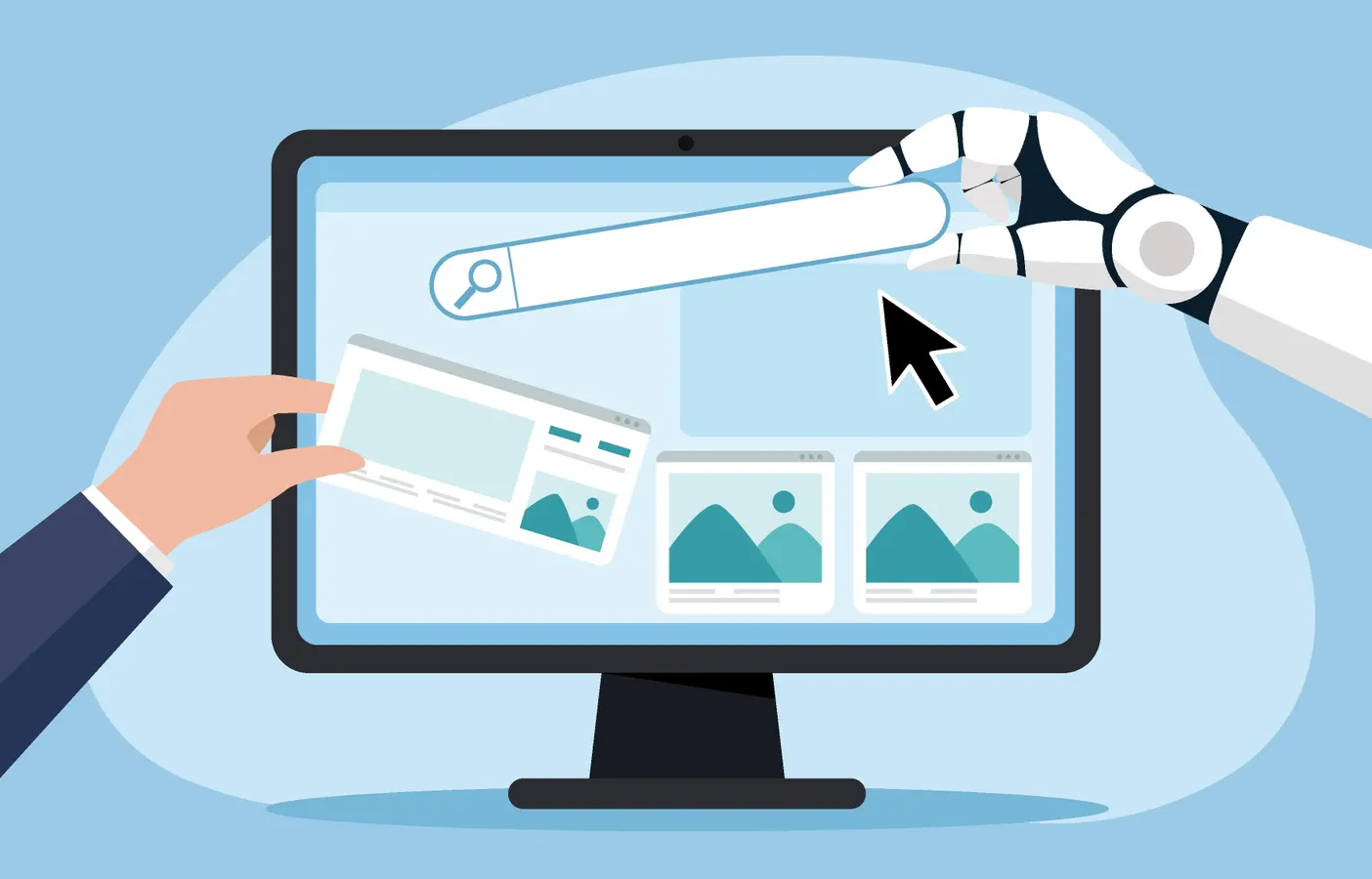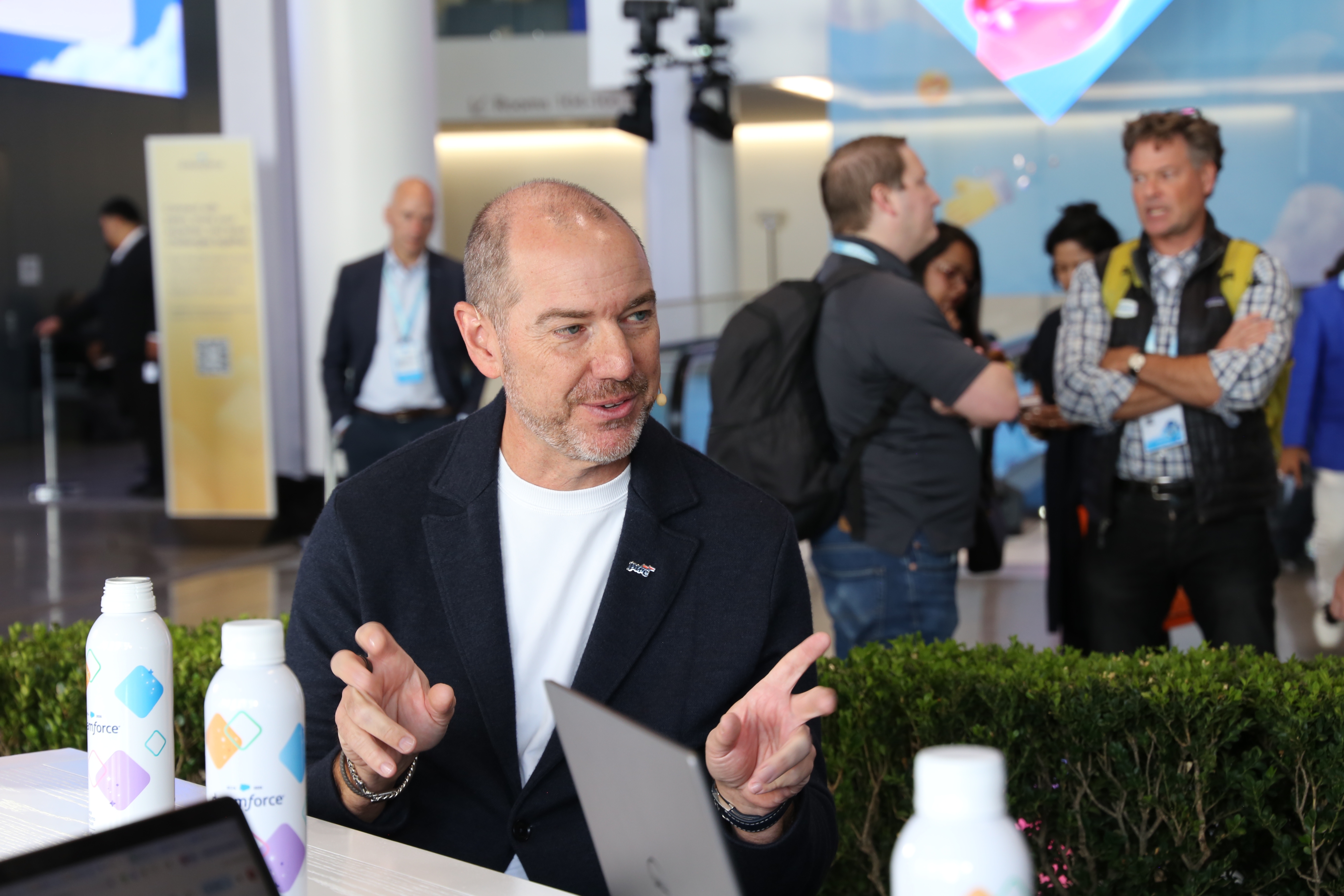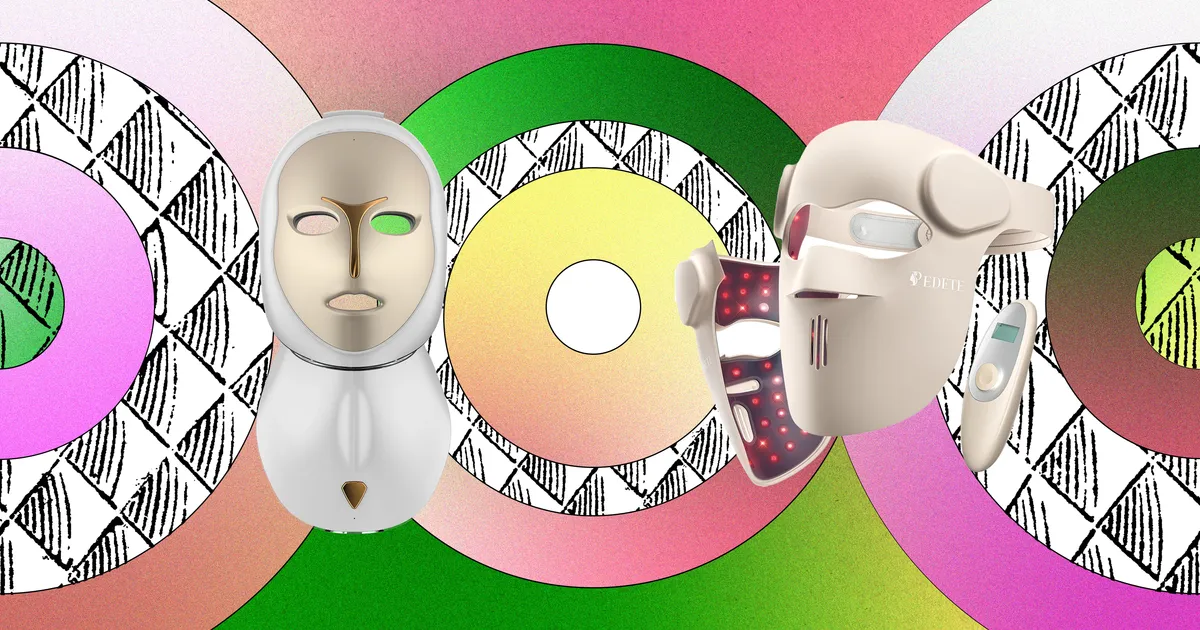Copyright forbes

Has ChatGPT Atlas Just Turned The Internet Into A Classroom? How often do you pause mid-task in your browser to look something up, only to never make it back? If you’re anything like me, opening a new tab is the modern version of walking into a room and forgetting why you’re there. A 2023 survey by Aalto University found that most people have between 5 and 10 tabs open at any given time, dividing their attention and raising stress levels. What if your browser could think with you, without you ever having to leave the page? Welcome ChatGPT Atlas Atlas is a new AI-powered browser from OpenAI, the company behind ChatGPT, that merges web navigation with ChatGPT’s conversational intelligence. Leah Belsky, OpenAI’s VP education, explained on LinkedIn, that “...a key contribution AI brings to learning isn't just making it personal — it’s making it contextual.” Atlas tries to represent that idea in action. It attempts to shift how learning unfolds online. MORE FOR YOU What Makes Atlas Different? Atlas looks like a simple browser until you open the ChatGPT sidebar. Then it starts to feel more like a companion than a tool. You can highlight a paragraph, a chart, or a product page and ask it to explain, compare, or summarize without ever leaving the site. According to OpenAI’s launch details, users can even switch to Agent Mode, which lets ChatGPT interact with sites on their behalf. They say that privacy is baked in, as you can choose what ChatGPT remembers, clear your history, or work entirely incognito. Three students in OpenAI’s ChatGPTLab showed how this looks in practice. Yogya Kalra, from Western University, said research papers often left her with “more questions than answers.” With Atlas, she asks those questions right on the page. Monica Adams, a UCLA student, used Atlas to quiz herself on “unlabeled diagrams” before a physiology lab. And Praja Tickoo, from the University of Pennsylvania, keeps a pinned to-do list that ChatGPT manages automatically. Each of them, in different ways, turned browsing into learning. Beyond Personalization For the past decade, the holy grail of edtech has been personalized learning. Atlas pushes further than personalization to contextual. That distinction matters. Contextual learning provides knowledge built in the moment of relevance. In other words, information that connects directly to what we’re doing or wondering about. Atlas has been built for those moments. Instead of opening a new tab and breaking focus, the student stays immersed, asking, reflecting and applying. It’s closer to how people learn through curiosity triggered by real situations. How Students Are Using It What stands out in those early student examples isn’t the novelty of AI, but the diversity of purpose. Kalra uses it for comprehension, Adams for recall, Tickoo for organization. Together they illustrate what educational psychologists call metacognition. This is the ability to plan, monitor, and regulate one’s learning. When an AI system supports that process in real time, it nudges students toward self-direction rather than dependency. In short, Atlas may invite educators to design for inquiry, not output. The Implications for Classrooms and Campuses This technology lands in a complex moment for education. Many schools are still grappling with how to use AI responsibly. AI literacy could define the next generation of education leaders. AI literacy includes understanding when to trust AI, when to verify, and when to push beyond the algorithm’s limits. For institutions, this means professional development, policy work, and assessment redesign. Traditional exams that test recall feel outdated in a world where learners can ask “why” and “how” on the fly. The emphasis shifts to synthesis, critique, and creativity. Lifelong Learning in the Flow of Work The story doesn’t end in the classroom. Atlas also hints at the future of workplace learning. Professionals could use it to interpret reports, analyze regulations, or draft insights as they browse. The OECD’s Future of Education and Skills 2030 framework calls this “learning in the flow of work.” Similarly, the World Economic Forum emphasizes contextual problem-solving as a key skill for the AI-driven economy. Atlas, in that sense, bridges formal education and lifelong learning, helping people keep pace with information as it evolves. Curiosity As The Curriculum We’ve come a long way from the days of flipping through encyclopedias. The tools have changed, but the goal is still to make sense of the world and our place in it. Atlas could help accelerate that journey. It may give students, teachers, and lifelong learners a way to ask questions the moment they arise and that may be its most transformative feature of all. As Belsky wrote, students can now “ask questions freely in the moment of curiosity or confusion.” Understanding at the speed of need. In an age defined by instant answers, perhaps the new skill we all need most is knowing which questions to ask. Editorial StandardsReprints & Permissions



